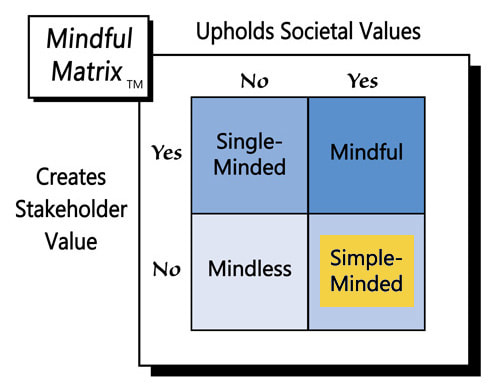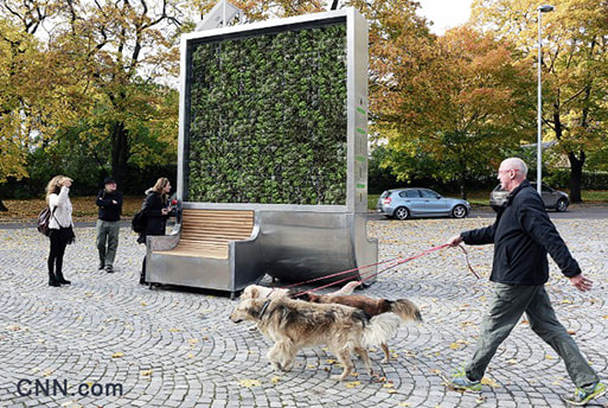Japan is a country of great cuisine that includes sushi, tempura seafood, miso soup, and ramen noodles. So, what Japanese fare is responsible for emitting unpleasant sounds? The noise is in the noodles.
The world is home to all kinds of pasta and noodle-eating techniques from twirling, to stabbing, to scooping. In Japan, the preferred method is slurping, which basically means using chopsticks to start the noodles into one’s mouth, then inhaling.
That approach works well, both in terms of eating efficiency and enjoyment—many Japanese believe slurping is the best way to appreciate the full flavor of the noodles. With slurping, however, comes sounds that some people, namely Westerners, find unsavory. That’s where Nissin’s “noise-cancelling” fork comes in.
That’s right, this Japanese company has developed a piece of flatware, called Otohiko, that aims to eliminate the noise of slurping noodles. How is it possible to silence such a sound? Well, the fork has a highly directional microphone inside its electric toothbrush-looking handle that senses the slurping, then signals an app-connected smartphone to play “a loud, electronic noise that sounds like waves washing ashore combined with futuristic space sounds.”
But, does this technique really eliminate the slurping noise, or does it just cover it up, the way some people try to mask their post-workout pungency with a few swipes of a deodorant stick? As Nissin’s video shows, it’s a little bit of both. Apparently, the company has conducted extensive research of slurps, which has led to the creation of the aforementioned sounds that strategically conceal the slurping beneath the louder swooshes and swishes of the app.
It’s not surprising that a firm found in a nation known for its technological leadership would identify an electronic answer to an ancient eating issue. One might wonder, though, whether the problem is significant enough to warrant such a sophisticated and expensive solution, not to mention whether it really works.
Nissin expects each utensil to retail for 14,800 yen, or $130, which certainly isn’t cheap compared to most flatware. The fork will not be found in any stores, however, unless the company hits a goal of 5,000 pre-orders. Only then will manufacturing begin.
On one hand, Nissin can be commended for its broad cultural sensitivity. Here’s a Japanese company that’s trying to respect the sound sensibilities of Westerners, while allowing its own citizens to enjoy one of their favorite foods to the fullest. The intentions seem noble.
Of course, we also know “the road to . . . is paved with . . .” That’s not to suggest that anything about Nissin’s product is immoral, but rather that consumers’ response to the fork may not be as favorable as the company would hope. Here are three questions that suggest concern about the product’s mass market potential:
1) Will users of the fork be satisfied with a sound cover-up? True, those within earshot, will no longer discern the slurping, but they’ll hear other noises that may also be irritating. Plus, if one connects the new noises to the slurping, ala Pavlov’s classical conditioning, suddenly the manufactured sounds carry the same negative associations.
2) Is the fork a practical solution? Most people don’t want to carry around their own utensils, especially one as big as an electronic toothbrush, to restaurants, etc. Transporting becomes an even greater inconvenience after the fork has been used. Where do you stash a dirty fork? There’s also the issue that if the user’s phone, which generates the camouflaging sounds, is going to be heard, it needs to be placed in the open, with volume turned up, which adds unexpected phone calls and text messages to the list of possible dining distractions.
3) Is the product worth the price? One hundred and thirty dollars is considerable cash to plunk down on an implement that may get very little use. Along those lines, one also might suspect that the same Japanese consumers who prefer to slurp their noodles may want to eat them with chopsticks, not a fork. Maybe, then, Nissin should make noise-cancelling chopsticks instead.
It’s great when people care enough about others to alter their own behavior in order to make someone from another culture feel more comfortable. Nissin certainly seems to have that intent, but unfortunately it’s unlikely that its innovative flatware with find significant success. For that reason, the firm’s noise-canceling fork should be considered “Simple-Minded Marketing.”
Learn more about the Mindful Matrix and Mindful Meter.
Check out Mindful Marketing Ads and Vote your Mind!







 RSS Feed
RSS Feed